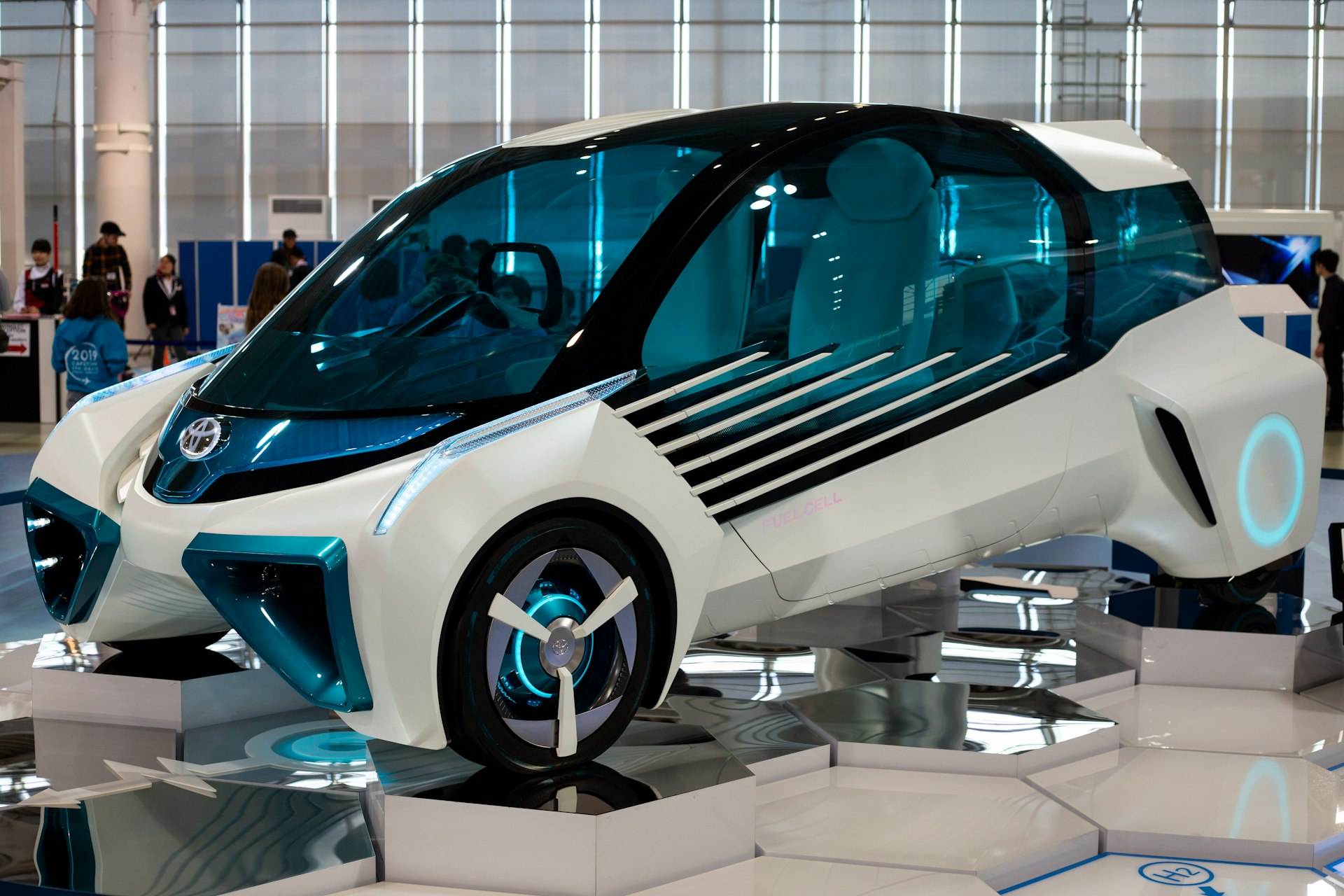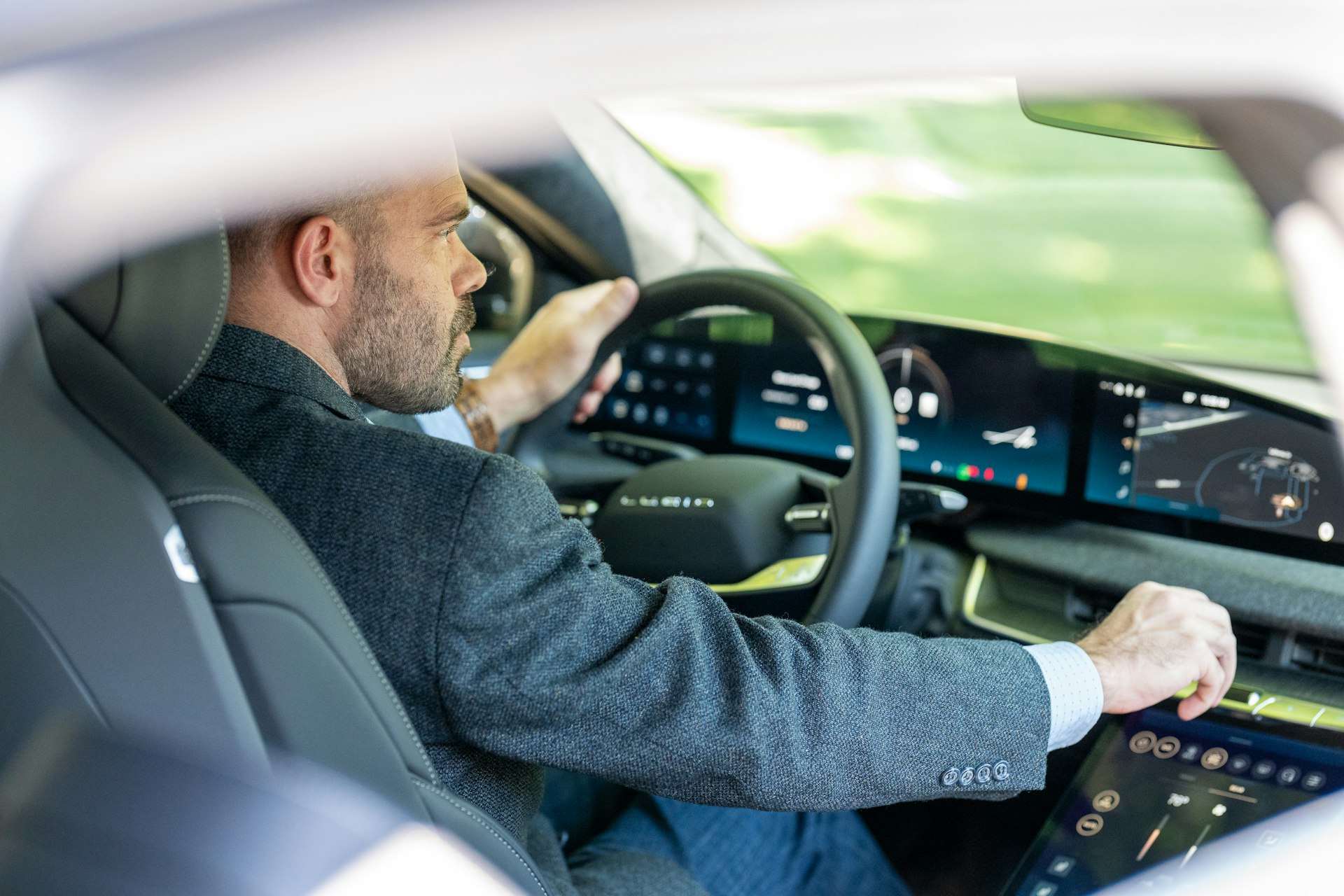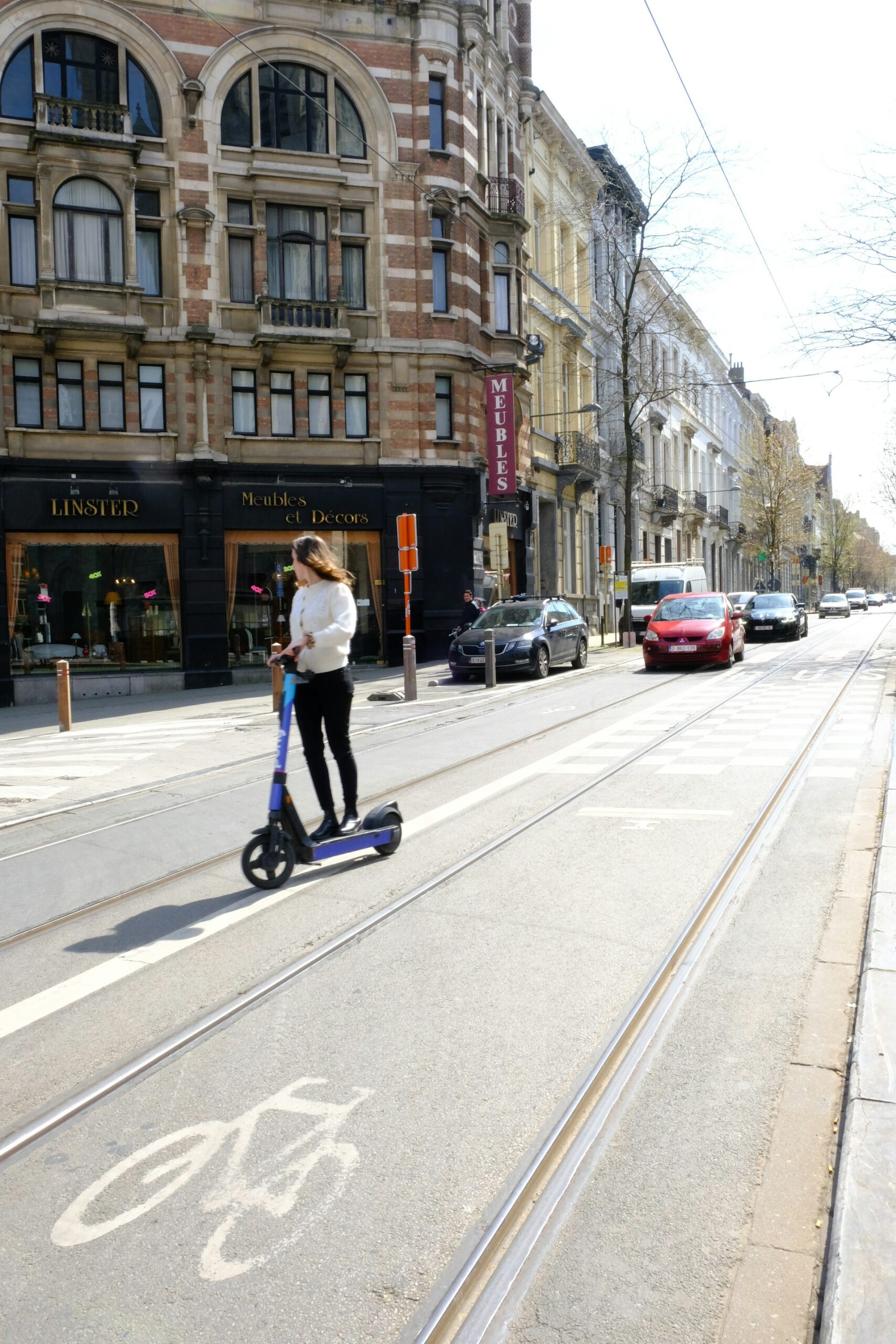Generative AI: Transforming Automotive Design Sketches and Accelerating Innovation

Photo by Drew Dizzy Graham on Unsplash
Introduction: The Evolution of Automotive Design with Generative AI
The automotive industry is entering a new era where generative AI fundamentally reshapes the way designers create, iterate, and refine vehicle concepts. What once required months of manual sketching, prototyping, and design reviews can now be streamlined and accelerated through advanced AI-powered tools that convert rough sketches into detailed visualizations and optimized models. This transformation not only enhances efficiency but also unlocks new creative possibilities for designers and engineers alike [1] .
Generative AI in Design Sketches: Speed, Precision, and Expanded Creativity
Traditionally, automotive design began with hand-drawn sketches, followed by labor-intensive processes to develop prototypes and clay models. Designers often relied on personal experience, trends, and visual references, which could result in siloed workflows and lengthy iterations. Generative AI, however, enables designers to input rough sketches and receive polished visualizations, propose aerodynamic shapes, and suggest structural improvements-all in a fraction of the time [2] .
Recent research and case studies consistently demonstrate three core advantages when generative AI is integrated into the automotive design sketch process [4] :

Photo by Kevin Shek on Unsplash
- Significant reduction in design time : AI-assisted sketching can decrease concept generation stages from days or weeks to hours.
- Increased quantity of concepts : AI models can produce dozens of high-quality options, allowing designers to refine and present more alternatives.
- Enhanced quality of expression : Images generated by AI often feature superior perspective, lighting, and realism compared to manual sketches.
For example, Toyota developed a generative AI technique that ensures engineering parameters are incorporated early during sketching, making the transition from 2D sketches to digital models both rapid and accurate [1] .
Optimizing Performance and Personalization
Generative AI-powered solutions excel at analyzing multiple design variables such as aerodynamics, weight distribution, and material selection. By simulating these factors, AI helps develop designs that meet stringent performance standards while optimizing cost and resource allocation [3] .
Moreover, AI-driven workflows enable manufacturers to offer greater personalization. Customers can request custom-designed vehicles, and generative AI evaluates feasibility and generates tailored design options. This supports not just aesthetics but also ergonomics, ensuring both visual appeal and user comfort are maximized [3] .
According to McKinsey, R&D processes in automotive companies have improved by 10-20% due to the adoption of generative design, reflecting the technology’s tangible impact on innovation and efficiency [5] .
Practical Implementation: Step-by-Step Guidance
Integrating generative AI into the automotive design sketch process involves several key steps:
- Identify Appropriate AI Tools Research and select AI platforms that support automotive design workflows. Established providers such as NVIDIA and IBM offer solutions tailored for rapid concept generation and simulation [1] [2] .
- Train Design Teams Ensure designers and engineers are familiar with generative AI tools. Many organizations provide training through official vendor resources, webinars, or online courses. You can search for “generative AI automotive design training” on professional learning platforms or contact vendors directly for guidance.
- Integrate AI into Existing Workflows Begin by digitizing initial sketches and inputting them into the AI system. Collaborate across departments to incorporate engineering parameters and customer requirements early in the process.
- Iterate and Evaluate Output Review the multiple design options generated by AI. Use virtual simulations (crash tests, airflow, weather conditions) to assess feasibility and performance before selecting final concepts [2] .
- Validate and Refine Work with engineering and manufacturing teams to validate AI-generated designs against physical constraints and compliance standards. This may require new validation protocols to ensure safety and reliability.
- Present and Implement Prepare high-quality renderings for stakeholder presentations. Once approved, move forward with digital prototyping or physical model development.
If your organization is interested in adopting generative AI, consider reaching out to established AI vendors, consulting with automotive technology experts, and reviewing case studies from leading manufacturers. Many companies host informational webinars and offer demo requests for their platforms.
Challenges, Solutions, and Alternative Approaches
While generative AI offers transformative benefits, successful implementation requires overcoming several challenges:
- Validation of AI Outputs : Designs produced by AI must be rigorously tested to ensure safety and compliance. Establish robust validation protocols and collaborate with regulatory experts.
- Integration with Legacy Systems : Existing design and engineering tools may not be compatible with AI-powered workflows. Gradual integration and data standardization can help mitigate disruptions.
- Skilled Oversight : AI tools require skilled users to guide design choices and review outputs. Investing in ongoing training and cross-disciplinary collaboration is essential.
Alternatively, organizations can start with pilot projects, focusing on specific design phases (such as concept generation or simulation) before scaling AI integration across the full workflow. Partnering with academic institutions or research organizations can provide additional support and expertise.
Future Trends: Expanding the Impact of Generative AI
Looking ahead, generative AI will continue to evolve, with expanded capabilities in 3D modeling, real-time simulation, and multimodal design inputs (including voice and gesture recognition). Industry experts predict that by 2035, the software-defined experience will be the core of brand value in automotive, further emphasizing the importance of AI-driven innovation [2] .
Manufacturers and designers can expect even greater integration of AI across supply chain management, quality assurance, and customer experience. Staying informed about the latest developments and exploring partnerships with technology leaders will be critical for maintaining a competitive edge.
How to Access Generative AI Solutions for Automotive Design
To begin leveraging generative AI in your automotive design projects, you can:
- Contact established vendors such as NVIDIA and IBM for product demonstrations and consultations. Their official websites provide comprehensive information on available solutions and contact details [1] [2] .
- Search for “generative AI automotive design” on technology research portals, industry publications, and professional networks to find case studies and implementation guides.
- Consult with automotive engineering associations or participate in industry conferences to learn about best practices and emerging trends.
- Consider reaching out to AI consulting firms for tailored guidance and pilot program support.
If you need further assistance, you may contact the customer support or sales departments of major AI solution providers. Be sure to verify their credentials and review client testimonials before proceeding.
Key Takeaways
Generative AI is revolutionizing the automotive design sketch process by enabling rapid concept generation, optimizing performance, and expanding creative possibilities. While challenges remain, careful implementation and ongoing training ensure that designers and manufacturers can fully realize the benefits of AI-driven innovation. By following the guidance outlined above and consulting verified resources, organizations can accelerate their journey toward a more efficient, creative, and competitive future in automotive design.
References
- [1] NVIDIA (2023). Generative AI Revs Up New Age in Auto Industry, From Design and …
- [2] IBM (2024). Generative AI in Automotive
- [3] Aeologic (2025). Key Applications of Generative AI in Automotive Design 2025
- [4] Design Research Society (2023). Advancing Design With Generative AI
- [5] Knauf Automotive (2024). How Is Generative Design Revolutionizing the Automotive Industry?
MORE FROM ismath.net













